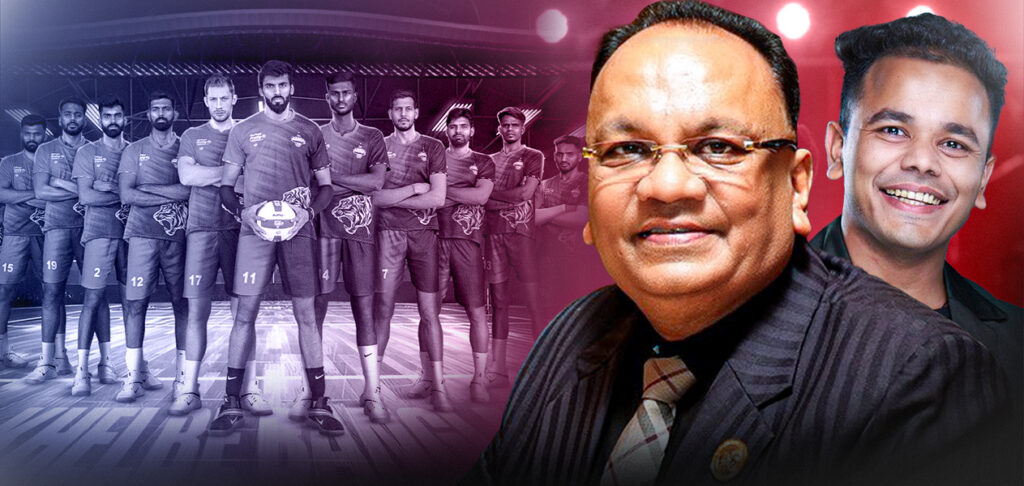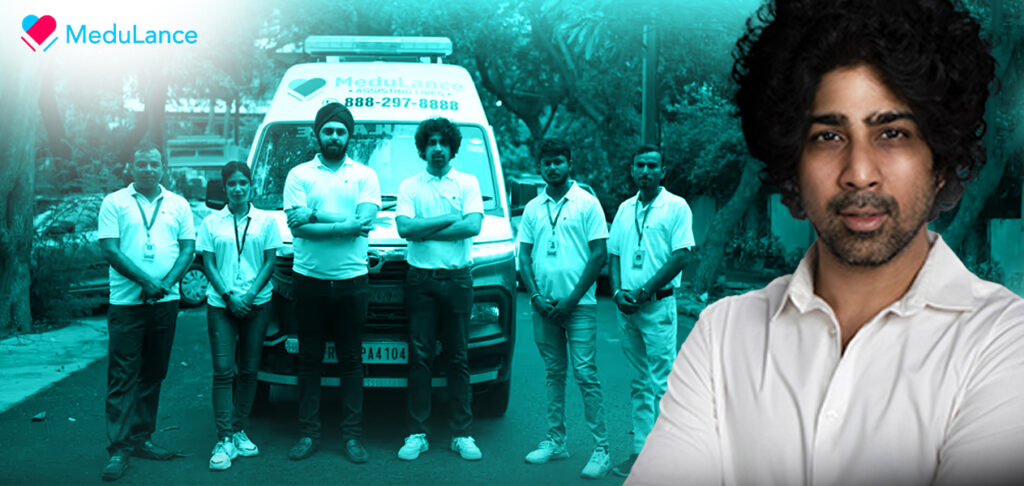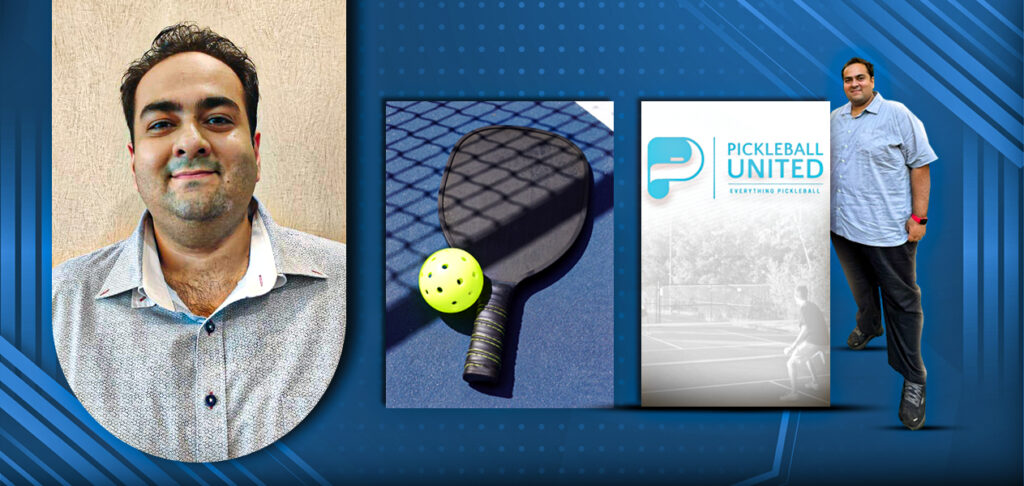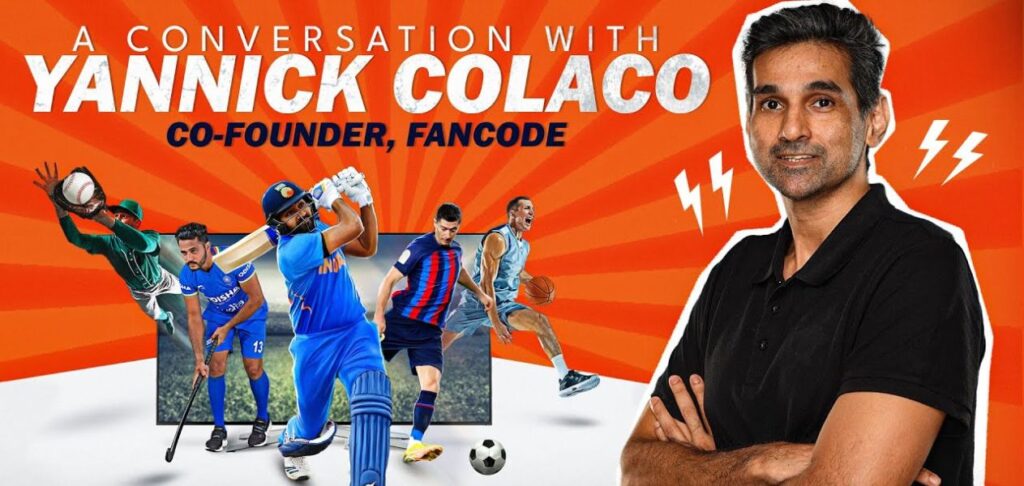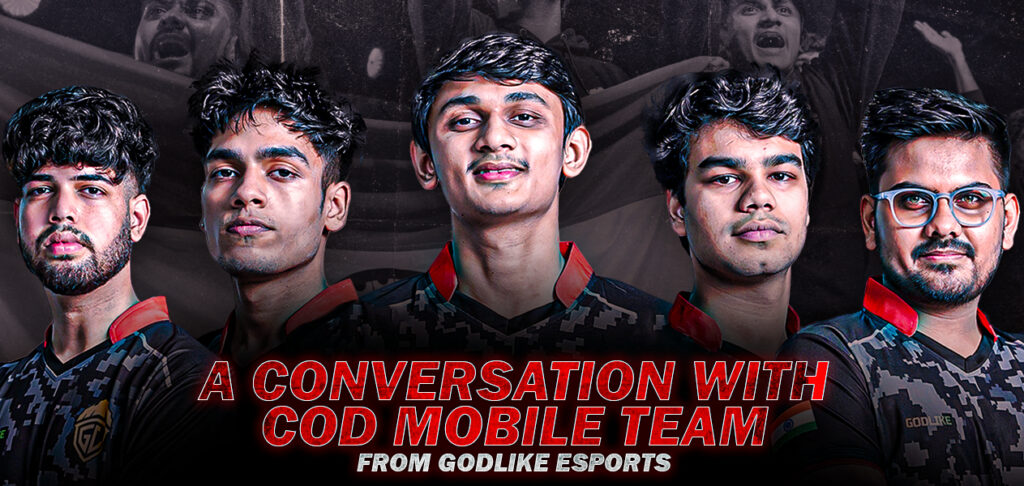Every year, the Ballon d’Or is given out by French magazine France Football to the best footballer of the year across the globe in the men’s game. Between 2008 and 2018, no one else won this award other than Lionel Messi and Cristiano Ronaldo.
Ronaldo and Messi. Two of the greatest footballers of all time. Two of the greatest athletes. Two different individuals. Two different brands. The debate about who is the greatest between Messi and Ronaldo has been going on for more than a decade and it will continue to go on, that is the legacy these two greats will leave behind years after they finish.
Although there is no definite answer to the question about who is the better amongst the two on the pitch, let’s look at who is better off it – with respect to the marketability.
Lionel Messi earns a whopping US$33 million off the pitch, with the Argentinean having deals with brands such as Adidas, Pepsi, Lay and Gatorade amongst others. His counterpart Ronaldo is reportedly earning US$50 million as per Forbes’ 2021 top paid athletes report. With endorsement deals with Tag Heuer, Nike and Clear Haircare, Ronaldo’s off-the-pitch earnings almost match the ones on it (US$70 million).
In this digital era where social media is becoming popular and profitable, every footballer now has a chance to make a side business while playing which they could build on after retiring. Almost all footballers today have an extensive social media presence, with most of them going beyond football to become a brand in their own right. Marketing has always been an integral part of football and has been used by the stars, as long as there is a way to use it.
In the summer of 2018, when Juventus acquired Cristiano Ronaldo for US$118 million, many found the fee a bit too high for a 34-year-old who was unlikely to get them any re-sale value. But the Italian team knew what they were getting in the Portuguese star. They knew they weren’t only getting a footballer, but a media channel larger than the club itself.
The year leading up to Ronaldo’s move, Juve had 1.8 million television views per game, less than 1% of Ronaldo’s Instagram audience. Since his arrival, Juventus’ social media accounts have had a massive spike, having gained almost 1.4 million new followers on Instagram, 400,000 on Facebook and 400,000 on Twitter just on the day Ronaldo arrived at the club.
Not only did this impact Juventus’ social media channels, but Ronaldo’s move also saw a massive surge in the club shares, with a 15% rise in share value adding a whopping US$354 million to the club’s market value.
Having star players with strong social media followings boosts not only a club’s profile but the brands that sponsor the players too. Commercial income from advertising amounts to nearly half of the total turnover for most of the big clubs across the world according to a report by Forbes in 2020.
Cristiano, since his younger days, has always portrayed himself as the ‘perfect athlete’. He is as serious about his off-field image as he is about his performance on it. Focused on his looks and physique, he makes sure every detail of his looks perfect. Ronaldo has always enjoyed the spotlight and showcases himself more than just someone who can kick the ball well. He has built a brand, probably the most marketable brand in the world.
The Portuguese superstar’s sponsors are known to have benefited by almost US$950 million just from his social media accounts. With brands like Nike, Tag Heuer and Herbalife sponsoring him, Ronaldo is reported to have provided almost US$1 billion in value for his sponsors only by his marketing prowess. And such is the reach of a player like Ronaldo that it easily overshadows many other sports in their entirety. Case in point, the 2020 Super Bowl saw an audience of 99.9 million people that is more than three times less than that of Ronaldo’s Instagram followers.
Now let’s compare his rival Messi and his marketing impact over the years. Nielson’s list of 50 Most Marketable Athletes of 2020 had Lionel Messi on the top, narrowly edging out Ronaldo, with LeBron James and Virat Kohli following close behind. The list was based on an athlete’s marketability, with the assessment factoring on four key data points – relevance, reach, return and resonance.
Now, Messi might not be as flashy as his counterpart on social media, and might even appear in less marketing advertisements (he himself has stated his displeasure of getting in front of the camera) than Ronaldo. How, then, did he manage to pip Ronaldo as the most marketable athlete?
Lionel Messi is a reserved person, who prefers the quiet lifestyle. For him, it’s all about football and he even uses fewer social platforms than Ronaldo – the Portuguese has 92 million Twitter followers, guess how many Messi has?
None. That’s because the Argentine doesn’t even have an official account on Twitter. He has almost 100 million less followers on Instagram than Ronaldo. But even with a relatively lower digital presence, Messi’s digital footprint according to Forbes stands at US$33 million, with the Argentine boasting of sponsors like Adidas, Gatorade, Pepsi, Lays, MasterCard and Hard Rock Cafe amongst other brands.
Forbes calculated Messi’s social media presence for Adidas to be worth US$53.5 million. His endorsement deal is the most lucrative in the history of sports – around US$165 million per year. But it is not only about the money that Messi earns, but also what brand Messi provides to his sponsors and the club.
Over the last couple of years, Messi is said to have been responsible for 20-30% of Barcelona’s entire club revenue. Reports also suggest having Messi in the team helps Barcelona bump up their sponsorship by almost 50%. Data provided from the 2018/19 season also shows that eight out of ten of Barcelona shirts sold around the world had Messi printed on the back, with Barcelona having earned almost US$60 million from merchandising.
Over the course of his career, Messi has become only the second player in the history to have earned over US$1 billion. Guess who was the first? Yes, it was Ronaldo.
Messi over the years has invested in real estate, owning multiple resorts and hotels around the world. He also owns his own clothing line, The Messi Store. These ventures outside the pitch have helped the little magician become a bankable name for his sponsors.
But even though his market value is one of the most precious in the world right now, Messi never built his brand. When you see Messi play, there is always a smile on his face. He plays for the enjoyment of the game and doesn’t care much about things off it. And this is probably why Ronaldo holds and edge over the Argentine in terms of marketing and self-branding.
Hookit, an American agency known for measuring social and digital media value of brands, recently shared a report of Ronaldo and Messi’s values. Their report showed the Portuguese star generating four times more interaction than Messi, which when converted to revenue showcased that a post shared by Ronaldo was worth US$1.6 million whilst a Messi post stood at US$383,000. This doesn’t come as a big surprise as in the past year Ronaldo was reported to have been active in almost 560 brand-sponsoring posts compared to Messi’s 146.
Determining the greatest player between the two is probably eternally debatable, but the answer to the more marketable between the two inclines more with the Portuguese superstar. With brands looking less for footballers and more for lifestyle icons, Cristiano, for the time being, will hold an edge over his arch-rival.










